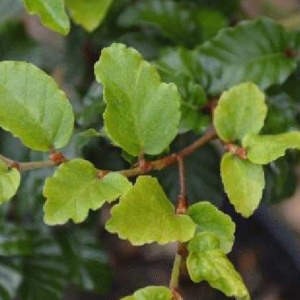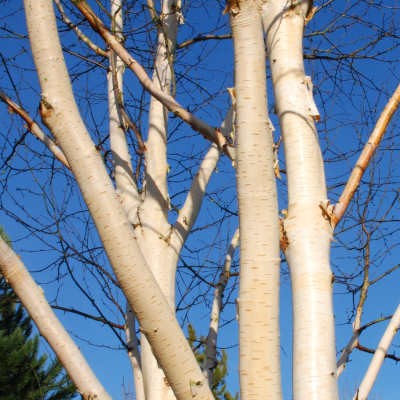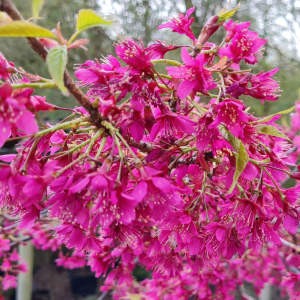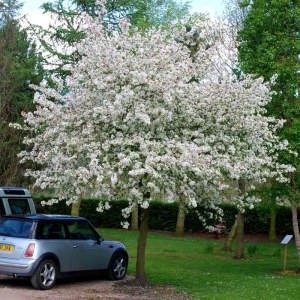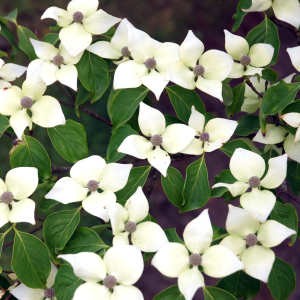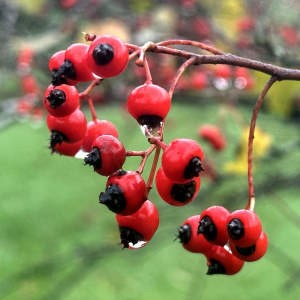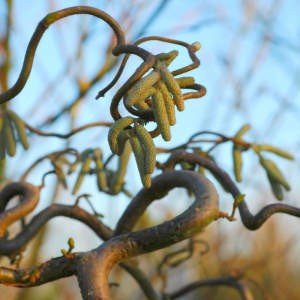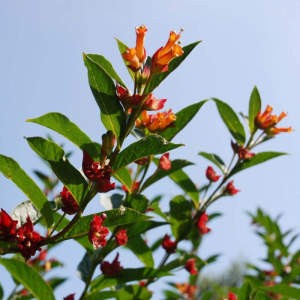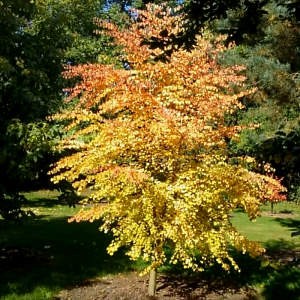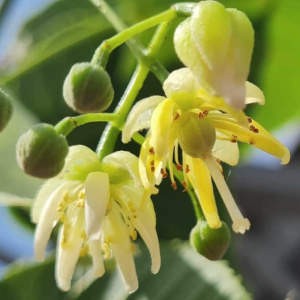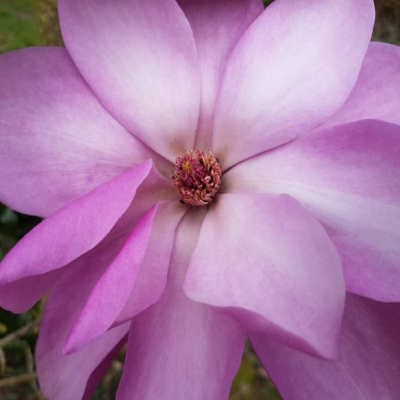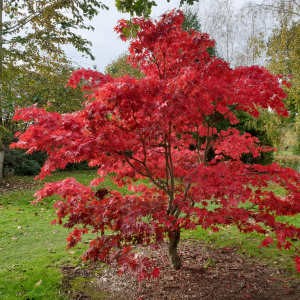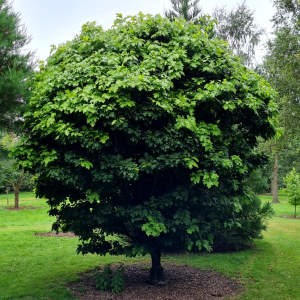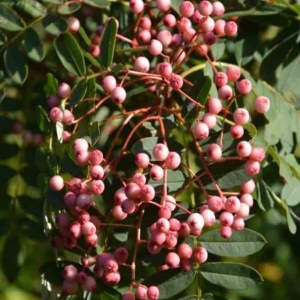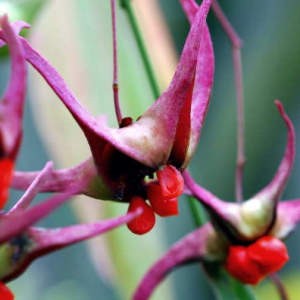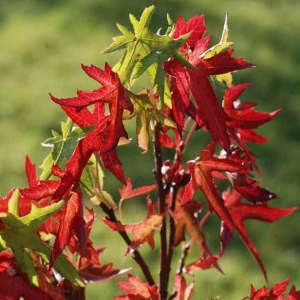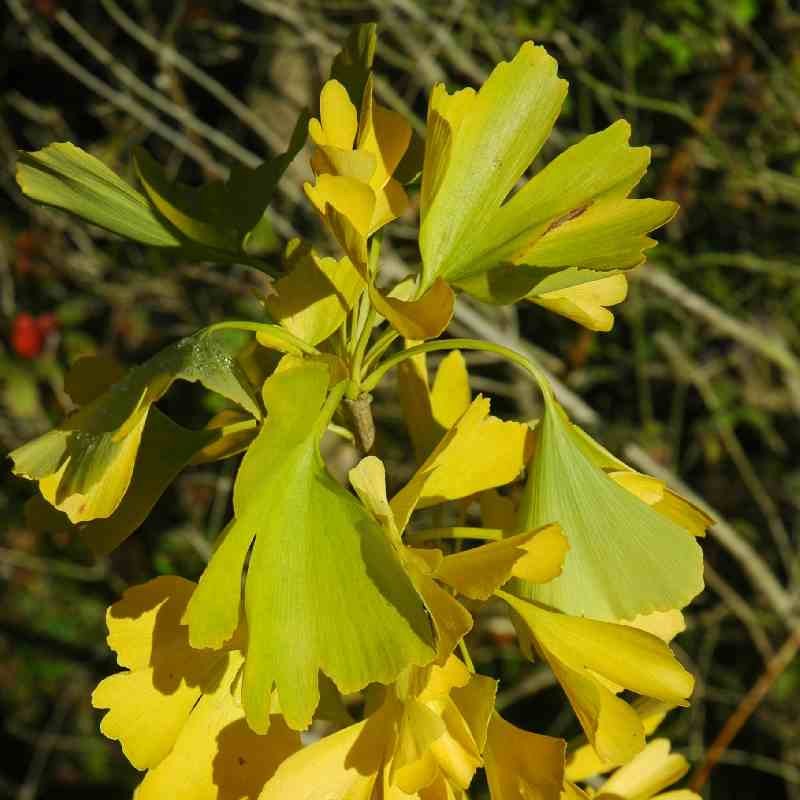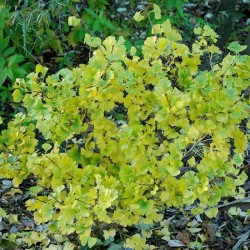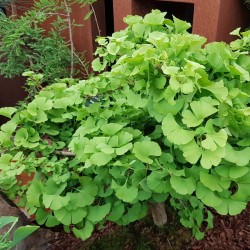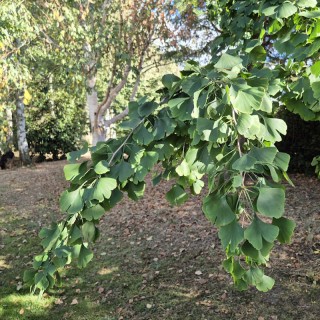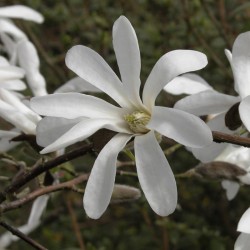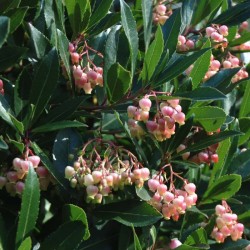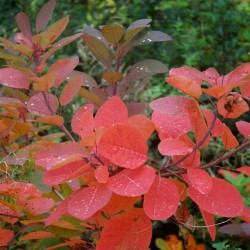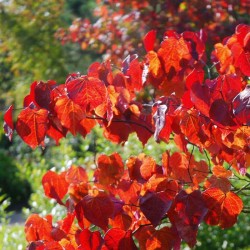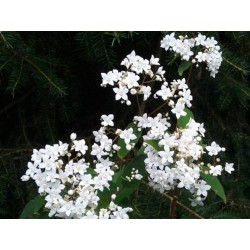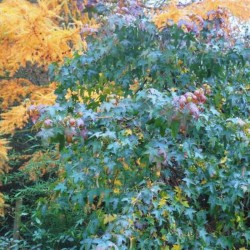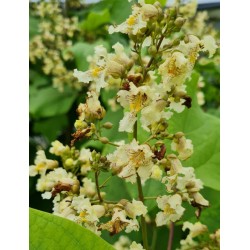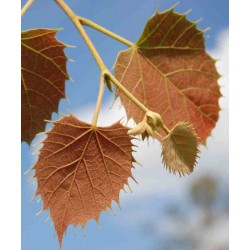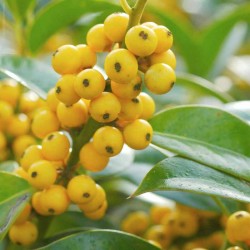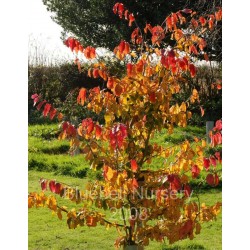- Home
- Offer - up to 30% off Selected Plants
- Trees & Shrubs
- Abelia
- Abeliophyllum
- Acer
- Acradenia
- Aesculus
- Ageratina
- Alnus
- Amelanchier
- Amelasorbus
- Amorpha
- Aralia
- Arbutus
- Aronia
- Asimina
- Atherosperma
- Aucuba
- Berberis
- Betula
- Brachyglottis
- Buddleja
- Buxus
- Callicarpa
- Calycanthus
- Camellia
- Caragana
- Carpinus
- Carya
- Caryopteris
- Castanea
- Catalpa
- Ceanothus
- Celtis
- Cephalanthus
- Ceratostigma
- Cercidiphyllum
- Cercis
- Chaenomeles
- Chimonanthus
- Chionanthus
- Chitalpa
- Choisya
- Cistus
- Cladrastis
- Clerodendrum
- Clethra
- Cleyera
- Colquhounia
- Coprosma
- Cornus
- Corokia
- Correa
- Corylopsis
- Corylus
- Cotinus
- Cotoneaster
- Crataegus
- Crinodendron
- Cytisus
- Daphne
- Davidia
- Decaisnea
- Desfontainia
- Deutzia
- Dichroa
- Diervilla
- Dipelta
- Dipteronia
- Disanthus
- Distylium
- Drimys
- Elaeagnus
- Eleutherococcus
- Embothrium
- Emmenopterys
- Enkianthus
- Escallonia
- Eucalyptus
- Eucryphia
- Euonymus
- Exochorda
- Fagus
- Fatsia
- Ficus
- Firmiana
- Forsythia
- Fothergilla
- Franklinia
- Fuchsia
- Gardenia
- Garrya
- Gaultheria
- Gleditsia
- Griselinia
- Gymnocladus
- Hakea
- Halesia
- Halimodendron
- Hamamelis
- Hebe
- Hedera
- Heptacodium
- Hibiscus
- Hippophae
- Hoheria
- Holodiscus
- Hovenia
- Hydrangea
- Hypericum
- Ilex
- Illicium
- Indigofera
- Itea
- Jasminum
- Juglans
- Kalopanax
- Koelreuteria
- Kolkwitzia
- Laburnum
- Laurus
- Lavandula
- Leptospermum
- Lespedeza
- Leucothoe
- Leycesteria
- Ligustrum
- Lindera
- Liquidambar
- Liriodendron
- Lonicera
- Luma
- Maackia
- Maclura
- Maddenia
- Magnolia
- Mahoberberis
- Mahonia
- Malus
- Melliodendron
- Metrosideros
- Mitraria
- Morus
- Myrtus
- Nandina
- Neillia
- Neoshirakia
- Nothofagus
- Nyssa
- Olearia
- Osmanthus
- Ostrya
- Oxydendrum
- Ozothamnus
- Pachysandra
- Paeonia
- Parrotia
- Parrotiopsis
- Paulownia
- Perovskia
- Phellodendron
- Philadelphus
- Phillyrea
- Phormium
- Photinia
- Phymosia
- Physocarpus
- Pieris
- Pistacia
- Pittosporum
- Platanus
- Platycrater
- Poliothyrsis
- Poncirus
- Populus
- Potentilla
- Prunus
- Pseudocydonia
- Pseudopanax
- Pseudowintera
- Ptelea
- Pterocarya
- Pterostyrax
- Pyracantha
- Pyrus
- Quercus
- Rehderodendron
- Rhamnus
- Rhaphiolepis
- Rhaphithamnus
- Rhododendron
- Rhus
- Ribes
- Robinia
- Romneya
- Rostrinucula
- Rubus
- Ruscus
- Salix
- Sambucus
- Sapium
- Sarcococca
- Sassafras
- Sinocalycanthus
- Sinojackia
- Skimmia
- Sophora
- Sorbaria
- Sorbus
- Spiraea
- Stachyurus
- Staphylea
- Stephanandra
- Stewartia
- Styrax
- Sycoparrotia
- Sycopsis
- Syringa
- Tamarix
- Tetracentron
- Tetradium
- Tilia
- Toona
- Trachycarpus
- Trochodendron
- Ugni
- Ulmus
- Vaccinium
- Viburnum
- Vinca
- Vitex
- Weigela
- Xanthoceras
- Zanthoxylum
- Zelkova
- Zenobia
- Conifers
- Climbers
- Herbaceous
- Acanthus
- Achillea
- Actaea
- Aegopodium
- Agapanthus
- Ajuga
- Alchemilla
- Anchusa
- Anemone
- Aralia
- Artemisia
- Arum
- Aster
- Astrantia
- Bergenia
- Brunnera
- Campanula
- Centaurea
- Cephalaria
- Crocosmia
- Dicentra
- Dierama
- Diplarrena
- Disporum
- Echinacea
- Epimedium
- Eryngium
- Eupatorium
- Euphorbia
- Galega
- Geranium
- Geum
- Helenium
- Helianthus
- Helleborus
- Hemerocallis
- Hemiboea
- Heuchera
- Hosta
- Inula
- Iris
- Kirengeshoma
- Kniphofia
- Lamium
- Libertia
- Ligularia
- Lysimachia
- Lythrum
- Monarda
- Nepeta
- Paeonia
- Penstemon
- Persicaria
- Phygelius
- Physalis
- Polemonium
- Pulmonaria
- Rodgersia
- Rudbeckia
- Salvia
- Scopolia
- Sedum
- Symphytum
- Thalictrum
- Tiarella
- Tricyrtis
- Verbena
- Veronica
- Veronicastrum
- Ferns
- Grasses
- Gift Vouchers
- All Plants currently in stock
- Plant Finder (Filter Plants by size, features, etc)
- Popular Categories
- About us
- About our Gardens
- Delivery
- Address & Opening Times
English
GBP £
Menu
-
MenuBack
-
Trees & Shrubs
-
-
-
Shrub Size - SmallUnder 1.5 m (5 ft)
-
Shrub Size - Medium1.5 - 3 m (5 - 10 ft) once mature
-
Shrub Size - LargeOver 3 m (10 ft) once mature
-
-
-
Tree Size - Small4 - 8 m (13 - 26 ft) once mature
-
Tree Size - Medium8 - 15 m (26 - 50 ft) once mature
-
Tree Size - LargeOver 15 m (50 ft) once mature
-
-
-
Ground Cover PlantsLow and spreading
-
Columnar PlantsNarrow and Upright
-
Weeping PlantsPendulous and cascading branches
-
-
-
EvergreensEvergreen shrubs and trees
-
Suitable for containersTrees & shrubs for growing in pots
-
-
-
-
-
-
-
-
-
-
-
-
-
-
-
-
Conifers
-
-
Climbers
-
-
Herbaceous
-
-
Ferns
-
-
-
-
-
2-1
-
-
-
Grasses
-
- Gift Vouchers
-
Popular Searches
-
-
-
Newly listed plantsRecently added to our website
-
-
10% off website orders over £30 & free delivery for orders over £60*
10% off website orders over £30
& free delivery for orders over £60*
Ginkgo biloba
In Stock (shipped within 2-3 working days)
£29.95
(Maidenhair Tree) Introduced from Japan to Europe in 1730, the Ginkgo is one of the most distinct deciduous trees, with large fan-shaped leaves bright green in summer turning golden yellow before falling in autumn.
Delivery Options
(For any number of plants sent by courier)
Standard: £6.95* | Priority: £15 | Click & Collect |
*Surcharges apply for Highlands & Islands.
Delivery Options
(For any number of plants sent by courier)
Standard: £6.95*
Delivered in 2-3 working days
Priority: £15
Shipped ASAP
Click & Collect: free
*Surcharges apply for Highlands & Islands.
1 x free Ligustrum x vicaryi (3L pot) with website orders over £40
Enter code FREEPLANT during checkout.
Handsome shrub with golden leaves and flowers popular with bees and butterflies.
One free plant per person only.
Introduced from Japan to Europe in 1730, the Ginkgo is one of the most distinct deciduous trees, with large fan-shaped leaves bright green in summer turning golden yellow before falling in autumn.. Today it is thought to exist in the wild in China but nearly all trees are actually in cultivation.
In China groves of female Ginkgos with occasional male pollinators have been planted, partly for the production of leaves used in Chinese and western medicine, but also for crops of nuts which are enclosed in rancid malodorous fruits.
Roasted Ginkgo nuts are popularly eaten as an accompaniment to chicken and also served at Chinese weddings to bring good fortune. Ginkgo are considered auspicious throughout China (when planted in pairs, as advised by a Chinese friend) where they are associated with long life; many Buddhist Temples have Ginkgo growing round them in various forms, often cultivated in pots.
These Ginkgo biloba have been grown from seed and will develop into handsome trees with distinctive green leaves turning lovely shades of golden yellow and bronze before falling in autumn.
- Position: Full sun or light, dappled shade.
- Soil: Any well drained, fertile soil.
- Hardiness: Hardy.
- Rate of Growth: Moderate.
- Habit: Eventually Ginkgo biloba will grow to be a medium sized or large, branching tree.
- Height: 15 m (50 ft).
- Spread: 10 m (32 ft).
- How Much Sun
- Light Shade, Full Sun
- Eventual Size
- Tree - Medium (8m - 15m), Tree - Large (15m+)
- Growing Conditions
- Soil: Not Fussy, Soil: Alkaline, Site: Coastal Areas, Site: Windy, Soil: Dry/Sandy
- Special Features
- Honey Fungus Resistant, Suitable for Containers, Autumn Colour, Foliage - Unusual Shape
53 Items
Similar plants
Customers who bought this product also bought:
Magnolia
Magnolia kobus
Arbutus
Arbutus unedo
Cotinus
Cotinus 'Grace'
Tilia
Tilia henryana
Parrotia

